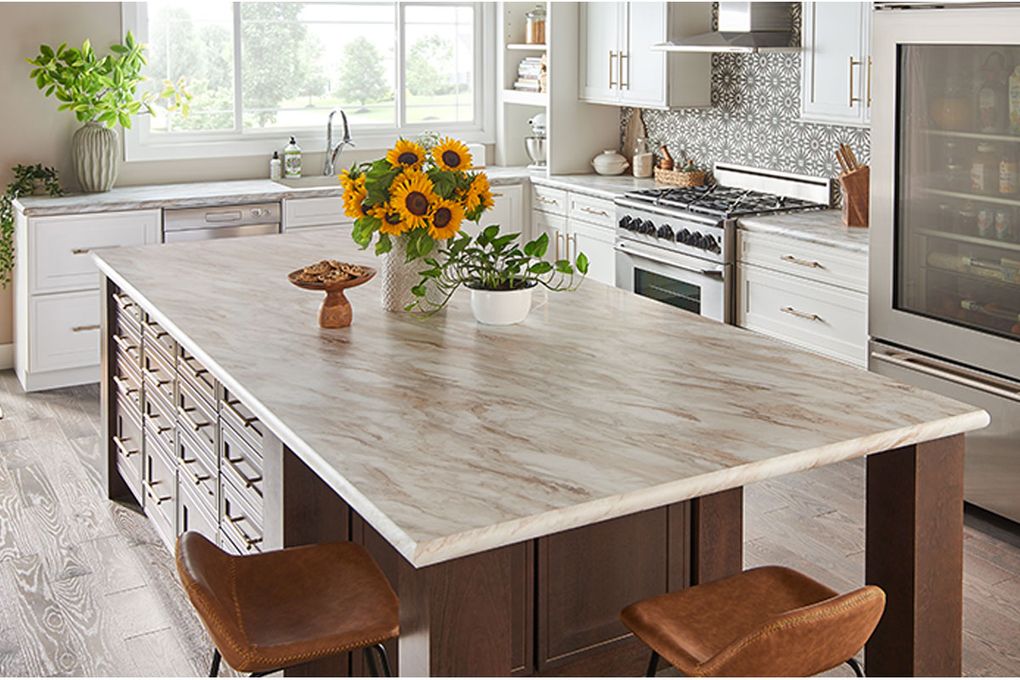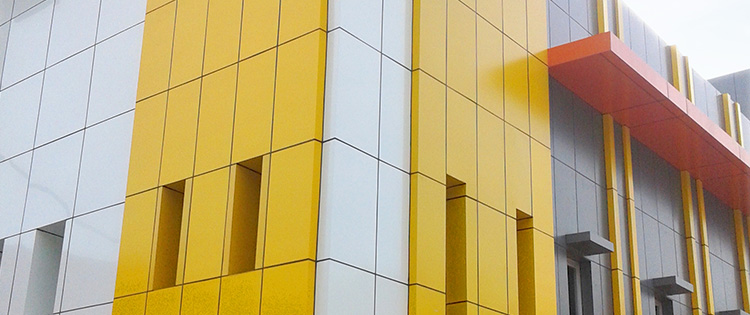Where to Spend and Save in Your Vacation Rental
When it comes to spending money on a vacation rental, you need to consider different factors than when spending money on your primary residence. For one thing, when you invest in improving your primary residence, the goal is to add value to a prospective buyer. But when you’re improving your vacation rental (unless you’re selling it right away), your goal is to make the property more appealing to prospective renters. Vacation renters generally don’t see the property in person before deciding to stay, making decisions based on how well the property is presented in a listing, as well as the overall functionality of the property.
With that in mind, here are some of the best value-adding ways to spend money on your vacation rental, as well as some expenses unlikely to create the type of value you’re looking for.
5 smart ways to spend money in your vacation rental
The two best, cost-effective ways to boost your rental income are those that help your property’s listing appeal to more renters and make the home itself more functional. Here are five low-cost ways to add value to your vacation rental:
- Professional listing photos: Sure, you can snap a few pictures with your smartphone, upload them to your Airbnb listing, and call it a day. But professional photos (or even those taken by a real estate agent with experience making properties look great in listings) can go a long way toward attracting more renter interest in the property.
- Exterior appearance upgrades: Fresh landscaping, a new coat of exterior paint, and other lower-cost items that make the property look better from the outside can produce an excellent ROI. This type of upgrade will help your property show better on rental listings, which can significantly boost renter interest.
- More beds: Many travelers search for vacation rentals by sleeping capacity, so by increasing yours, you also increase your potential renter base. For example, if a kids’ room currently has two twin beds, upgrading to two bunk beds adds to sleeping capacity. So does swapping a standard sofa for a pull-out sleeper.
- Lighting upgrades: This idea piggybacks off the first two points and can help your rental look more warm and inviting, especially in your listing photos. By investing in some moderate lighting upgrades, you could boost the listing appeal of your rental — and make it more comfortable — for not much money.
- (Good) Wi-Fi: If you offer Wi-Fi to your renters, do a speed test next time you have a chance. If it’s slow or only works in certain parts of the home, you could be turning off travelers who may need to get work done on the road. You can get a great mesh system for about $200, which could be a major selling point for people who need it.
3 vacation home expenses that aren’t worth it
With all that in mind, some expenses are not likely to produce a good return on your vacation home improvement dollars. Here are three examples:
- Anything taste-specific: Your vacation rental is a business, so you want to appeal to as wide a prospective customer base as possible. You might think neon green paint or wall-to-wall mirrors look nice, but not everyone will. Keep things nice, but neutral, to appeal to as many vacationers as possible.
- Luxury kitchens and bathrooms: As a general rule, your focus when it comes to appliances, countertops, flooring, and other such items should be on two factors: functionality and durability. You don’t need to do a high-end kitchen renovation, for example, unless your property is a multimillion-dollar luxury rental.
- Elaborate landscaping: I mentioned improving the exterior appearance can be a smart idea, but only when it comes to minor projects. Making the home look nice is one thing; spending thousands of dollars on exotic plants is another. High-end landscaping isn’t likely to be worth the cost when it comes to recouping rental income.
The Millionacres bottom line
This isn’t an exhaustive list; just some ideas of what expenses you’re likely to get a good ROI on and which you aren’t. Remember, things that will make your property look better to prospective renters and/or will improve its functionality without a large price tag are smart ideas. Expensive and/or ultra-personalized improvements are typically unwise, at least from an investment return point of view.




:max_bytes(150000):strip_icc()/GettyImages-559025517-2000-b3bece30a9074ec3958a4d39f69f2a79.jpg)


